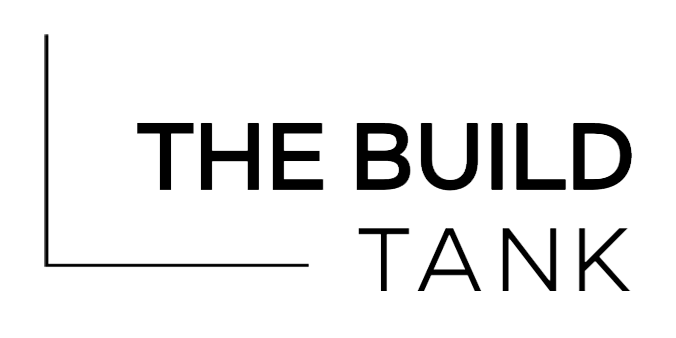The Costs of Ignoring Your Problems
Formerly titled “It Costs More Than That”
Written by Chris Zezza
I get a bit antsy when I’m asked how much something will cost. It’s an important question, it deserves a solid answer. But somehow the question seems to frame things up in a misleading way.
The main problem is defining the “it” in how much will “it” cost.
It’s not that it’s hard to put on a cost on any given “it”. You want a website that can sell these products. You need a CRM to keep track of your donors. No problem. Those can be priced and built for the set price. Firms do it all the time. But it becomes precisely the problem.
What we think “it” is today, knowing what we know today, will change quite a bit by the time “it” is built. And “it” will reveal that you’re just scratching the surface of the potential to run your business better.
Stephen Covey talks about the difference between “Production” and “Production Capacity” (P vs. PC) and advocates a balance between the two. P is the golden egg, PC is the goose.
When most people talk about a website or a CRM or an app for their program, they’re thinking about a nice, shiny golden egg. When we hear someone needs one of these, if the organization is sufficiently complex and unique, we think: you need a goose.
Three Costs
There are three costs to consider when making the decision of how to go about your digital products or platform management.
The cost to do it right - finding geese capable of laying golden eggs, and giving them the environment and resources they need to consistently lay those eggs.
The cost of doing it wrong - getting the wrong kind of goose, depriving it of necessary nutrients, or distracting it with other duties.
The cost of not doing anything - letting inertia set your course.
The fact is, if you’ve been under-investing in stewarding your technology, you will likely underestimate the cost of doing it right. You will likely be surprised at what it might cost to get a team onboard that can get you on a path to continuous improvement and compounding benefits. But in almost every case, the cost of doing it right is far less than the cost of doing nothing or the cost of doing it wrong. These costs can show up in any number of ways:
Constituent Experience
What do your online interactions say about you? Are you confusing people? Does it garner trust or the opposite?
Are you losing attention of potentially interested people?
Are you maximizing the potential of volunteers, customers, and funders? Or are you leaving a ton of potential on the table?
Staff work
How much time is lost to inefficiency?
How much talent of non-technical people is wasted on time spent wrestling with systems?
How many errors are getting into your data?
Are staff resorting to shadow systems to keep track of essential work?
Leadership needs
How confident are you in your data?
Is your data telling you how well your strategic bets are paying off?
Are your technology deficiencies wasting your staff’s time and energy or helping them make the most of their talent and skills?
If you are happy with the answers to these questions, I would bet you are investing in your technology. It doesn’t happen by itself. Whereas if you are not happy with your answers, how much would it be worth to get happy about them?
If you know exactly what you want to get built, you can get a reasonable estimate for that. But will it deliver for you into the future, or be another half-realized disappointment?
We focus on building the capacity you need to steer your technology platforms, not just for that first project, but for every related need that is sure to arise thereafter.
It costs more than you think. But it will cost a lot less than doing it wrong.

